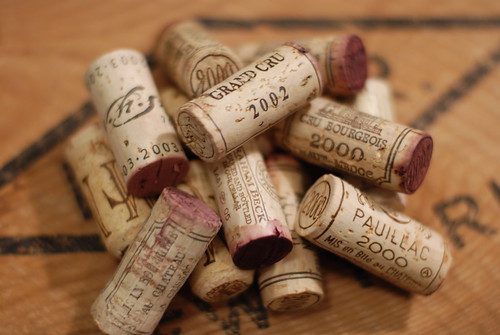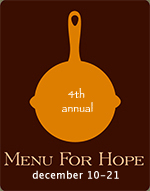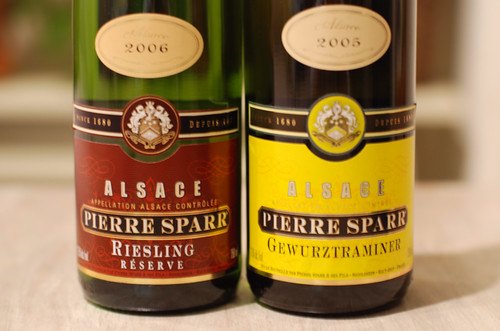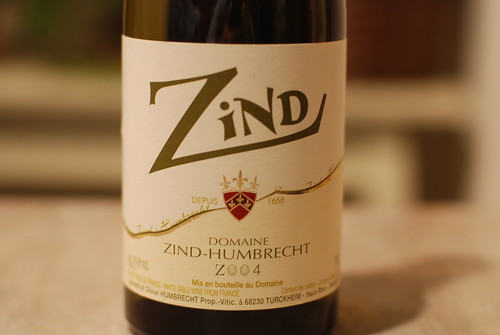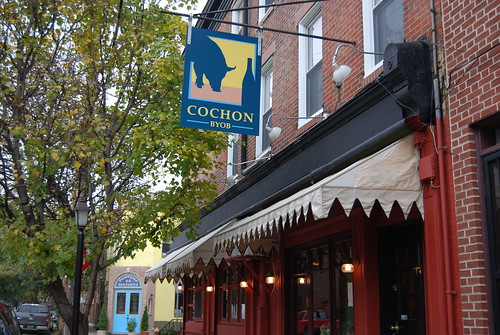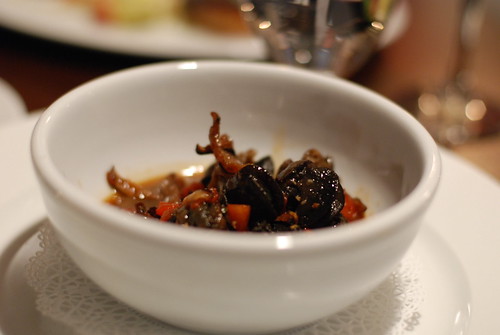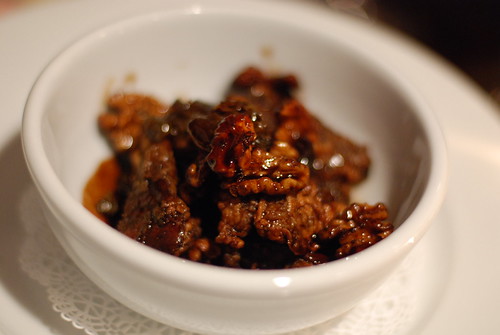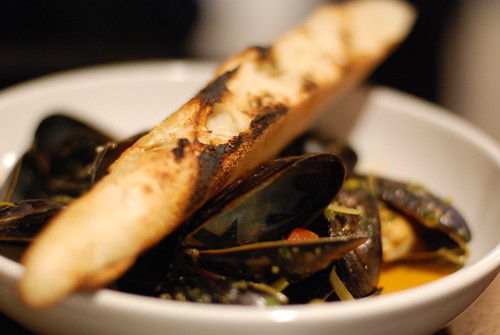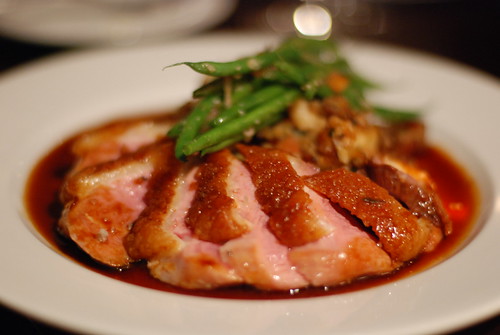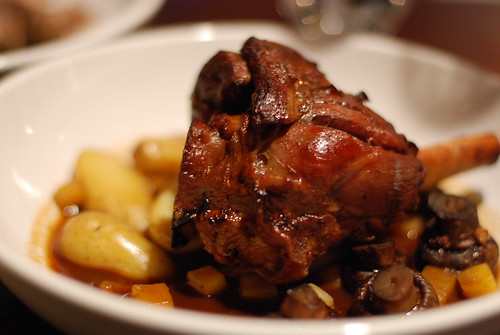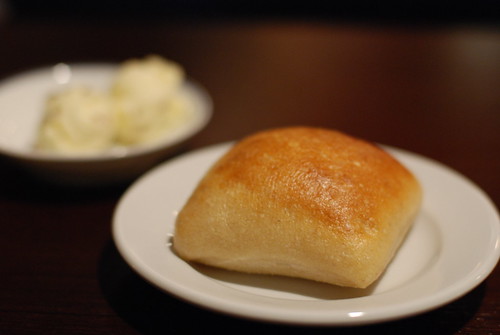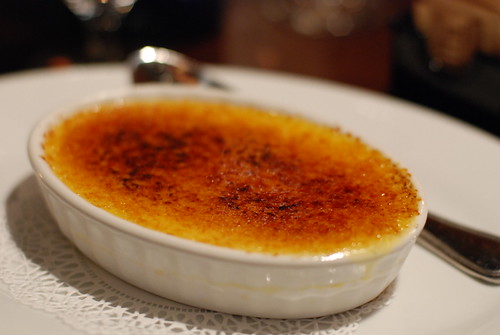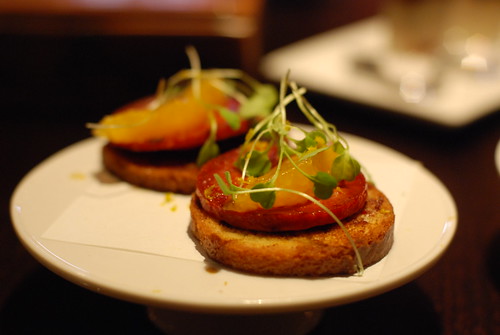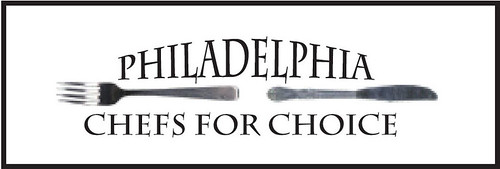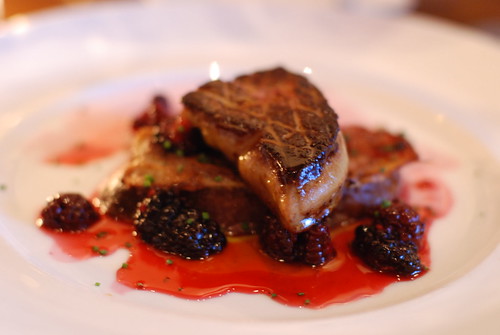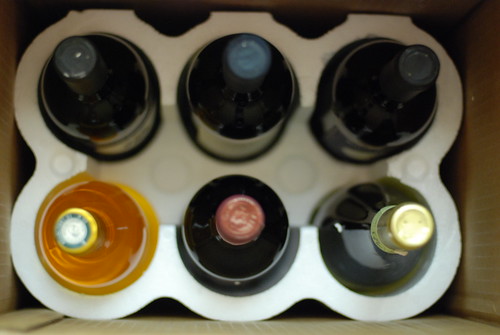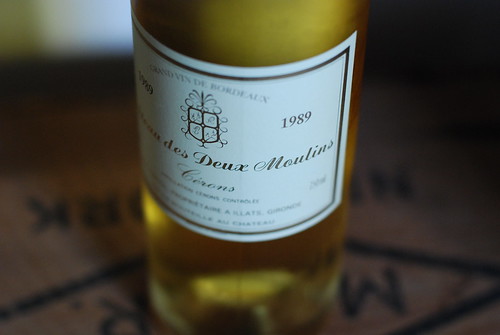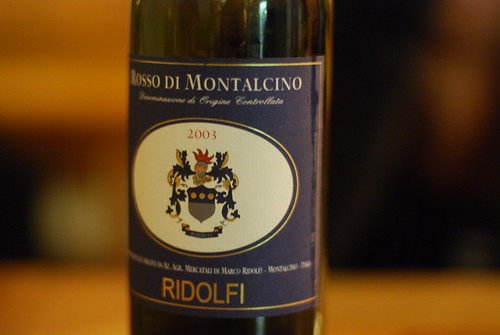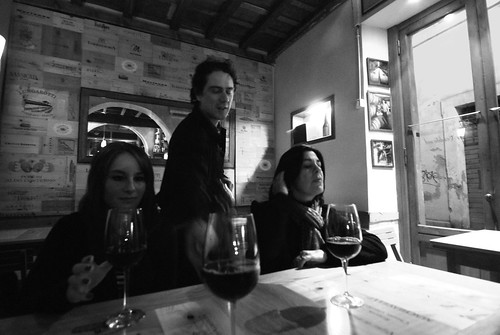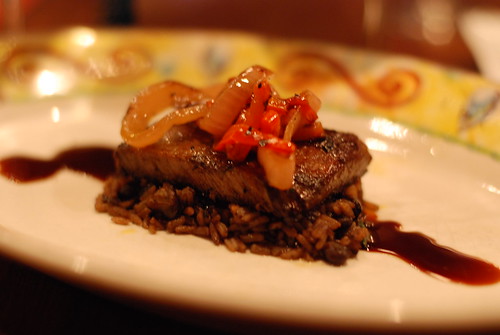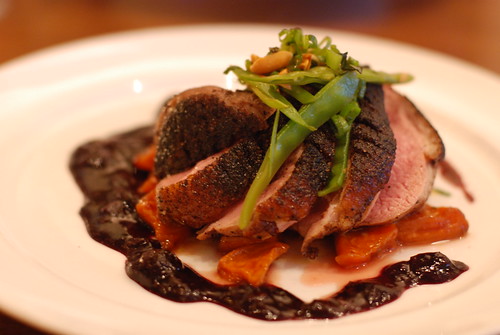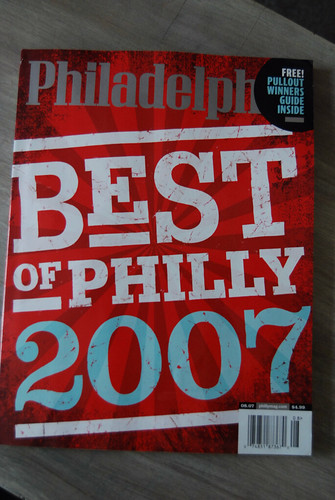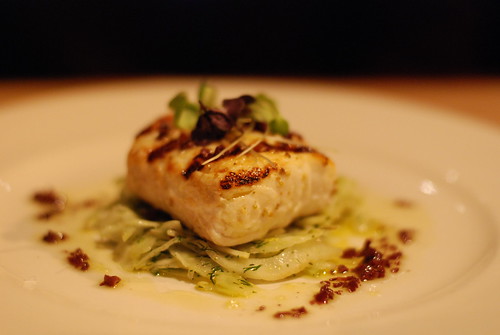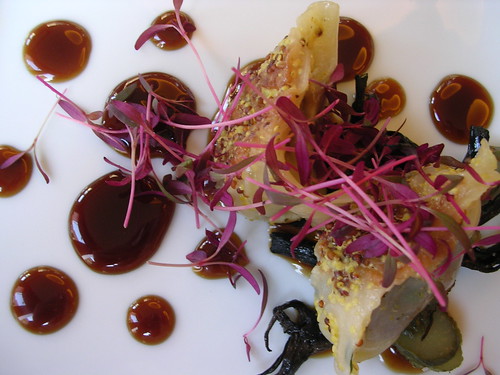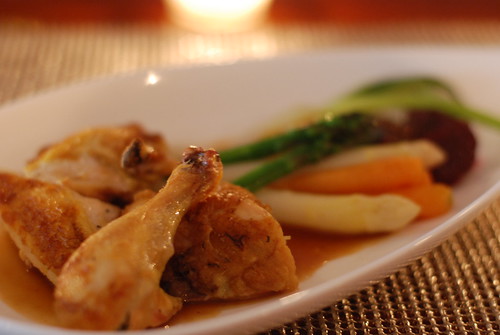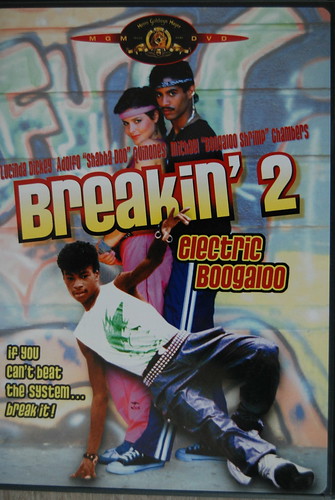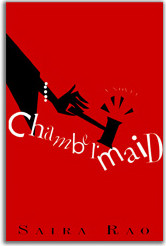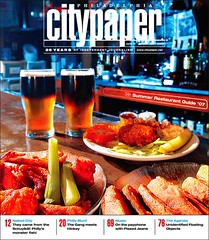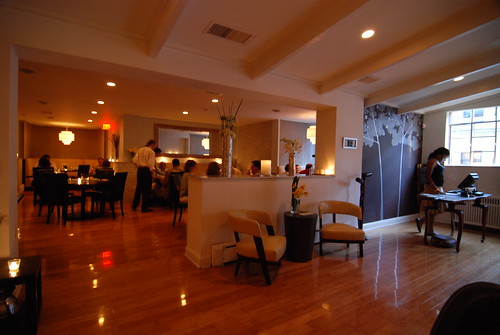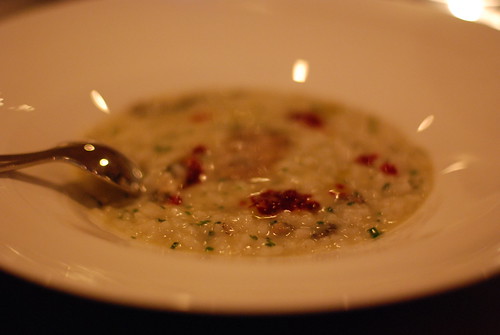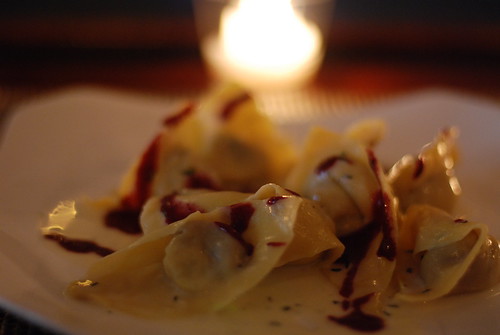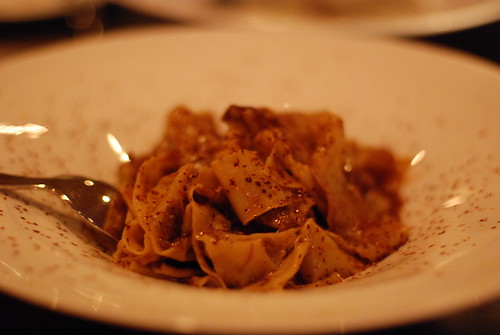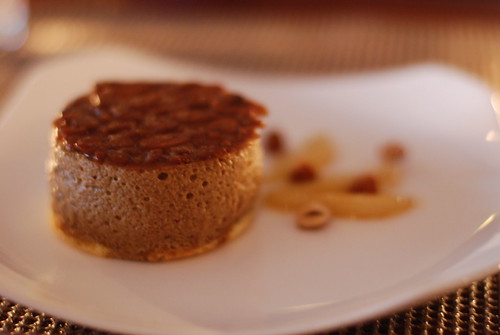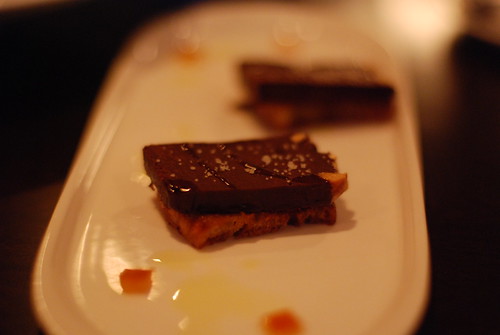
It’s that time again, folks—time to celebrate something about our city that continues to draw national attention.
No, I’m not taking about our escalating murder rate; that’s certainly nothing to celebrate. I’m not even talking about Mayor Street’s recent decision to crack down on property tax scofflaws…like
himself. (By the way, where did Mayor Street camp out last night for Halo 3?)
I’m talking, of course, about our restaurants. And, specifically, Center City Restaurant Week. You know the drill: 3 courses, $30, over 100
participating restaurants.
If you don’t have reservations by now, you’re probably more nervous than a senator in an airport bathroom stall. But don’t fret. There’s still hope.
Here are a few tips to help you make the best of Restaurant Week, even if you didn’t make reservations two months ago like you should have done:
Aim High. Not all restaurants participating in Restaurant Week are created equal. If the goal is to eat a $30 meal at the best possible restaurant (and, let’s face it folks, that
is the goal), shoot for places like Le Bar Lyonnais or Amada over, say, CoCo's (no offense). By now, of course, seasoned veterans likely have seized most, if not all, of the reservations at Philly’s latest hot spots, so be prepared to lower your expectations somewhat. However, it never hurts to call some of these places to capitalize on any last minute cancellations. You should also scour
Open Table for, what else: open tables. Better yet, let
FooBooz do it for you. FooBooz has promised to post updates throughout the week letting you know which participating restaurants still have tables available.
Look for Places Serving Their Regular Menu. Restaurants approach Restaurant Week in one of two ways: (1) serve slightly smaller versions of items that appear on their regular menu; or (2) create new dishes to fit the $30 price point. In my travels, I’ve had better Restaurant Week experiences at places that do the former.
Eat at the Bar. Even if you can't get any reservations, you may still be able take advantage of Restaurant Week. Look for participating restaurants that have bars or counters, such as Washington Square and The Oceanaire, and eat from the Restaurant Week menu at the bar.
Read More....
